Police came to a quick conclusion about Karen Mason's death. But nagging questions remained
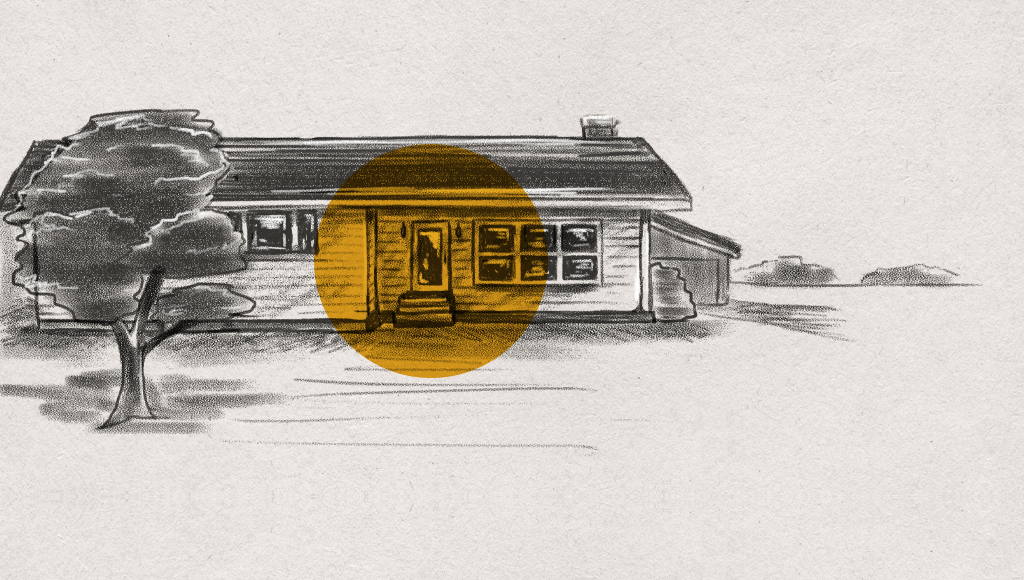
- Oops!Something went wrong.Please try again later.
NEW LIGHT: THE LIFE, DEATH AND REOPENED CASE OF KAREN MASON
Chapter 3
HOPE, New York — A wall of evergreens and maples lines the bend along Maple Grove Road, a winding, rural passage in this tiny Adirondack town of 400.
Peek through the trees with the orange "posted property" signs and you can see the home William Rew built, a small ranch surrounded by 10 acres of pristine land. A long gravel driveway leads to the two-car garage, just behind the house.
It was here, more than 33 years ago, where Karen Rew Mason's body was sprawled across the two concrete steps leading up to her father's home. The white storm door was propped open against her right shoulder.
The 32-year-old was facing away from the house, toward the road, her face toward the sky, her legs bent beneath her. Her arms, forehead and nose had second-degree burns; the right side of her face and parts of her back, too. Her skull was broken, police concluded, from collapsing into the door.
Dark soot covered her shoulders and legs and invaded her trachea and nose, a telltale sign that she had been inhaling fire-filled air.
Yet her torso was barely damaged at all, the screen-printed image of her short-sleeved T-shirt still intact. The left side of her face didn't show signs of burns, aside from some soot and a small injury over her left eye.

Two tote bags — one on each concrete step — were on the right side; a maroon garment of some sort draped on the first step. Beneath her was the globe of an oil lamp.
Karen's brand-new gray 1988 Oldsmobile Delta 88 was parked in the gravel driveway several feet away, fewer than 200 miles on the odometer.
The spokes of the hubcaps still shined. But the windshield, clear as could be when Karen picked up the car just a couple days before, was black with soot. The windows were blackened, too, aside from the rear passenger side, which had been kicked out, a few stubborn shards of glass left in the door frame.
The blue-gray suede of the seat cushions was burned on the passenger side, both in the front and the back seats; orange padding pushed itself out of the charred holes with black edges. Karen's eyeglasses were resting, upside down, on the back ledge beneath the rear window.
Just before midnight May 9, 1988, Kearney Mason was asked to check on the home and stumbled upon the horrific scene, which was laid out in excerpts of police records.
Karen Rew Mason — Kearney's wife, recently estranged — was dead.
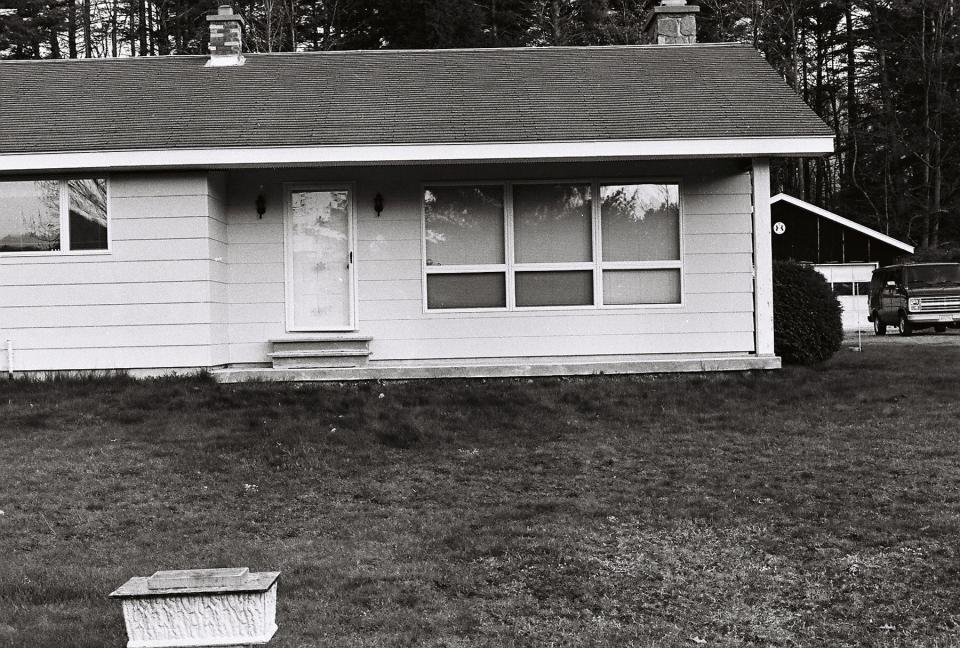
A suspicious silence
Around noon May 7, 1988, a Saturday, Keith Gaulin got off work at the Sandy Hill Corp., a plant that made parts for paper mills. He went straight to his house on Western Avenue in Glens Falls.
He had awakened at Karen’s apartment that morning to discover a note she left, he said in a sworn statement given just a few hours after her body was discovered.
She had left in the middle of the night, off to her father's summer home, she wrote, and would be back later that day.
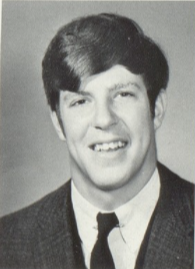
The night before, Karen had been upset.
She and Keith had been involved in a hit-and-run scheme that Thursday. Keith claimed Karen, who had been drinking and had already made arrangements to buy the new Oldsmobile, crashed her 1977 Buick Regal into a garage in Glens Falls. They then concocted a scheme with Keith's roommate to ditch the car in the woods and report it stolen.
Keith said he called Karen's apartment around 12:30 p.m. that Saturday, to see if she had gotten home. No answer, so he left a message on her machine. He dialed the operator to connect to Karen's father's two homes near the lake, in Wells and Hope; no answer there, either.
Around 3 p.m., he tried again. Still no answer, according to his sworn statement.
By 4 p.m., he and his roommate, Michael Dickinson, headed to Lake George, where they took his boat out and eventually landed at the Boardwalk Restaurant. There, they watched Winning Colors win the 114th running of the Kentucky Derby.
By 6:30 p.m., Keith was back home again, he said. He called Karen's apartment to no avail, so he left a message telling her he would be "camping up at the lake for the night." He and Dickinson set up camp on Lake George's Long Island, where he said they drank beers and went to sleep around 1 a.m.
By the next day, still no one had heard from Karen. Not even her mom. And it was Mother's Day.
'They were very close'
Karen was extremely close with her mother, Lorena "Lucky" Rew, who raised her in their small Schuylerville home, having divorced Karen's father when Karen was little.
At no point on May 8 would Karen call her mother — a significant red flag, according to State Police.
"There's no contact on Sunday," Investigator Samuel Lizzio said. “You can make whatever conclusions you want about that, but that's pretty important to us, too, just knowing that that was Mother's Day.”
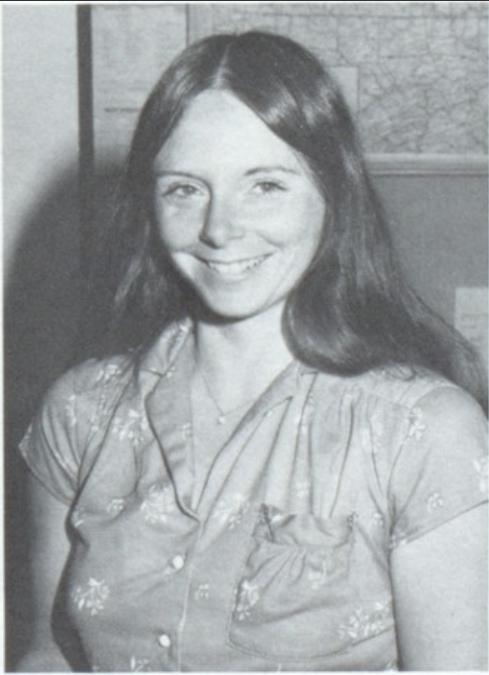
Pam Driscoll, Mason's childhood best friend, said it was unthinkable for Karen Rew Mason — an ultra-organized teacher who adored her mother — to let Mother's Day pass without talking to her mom.
"She never would have done that," Pam said, fighting back tears. "Her mother was everything to her. Her mother was the one constant in her life that supported her with everything. I mean, they were very close."
Keith was finished camping and back at his home by midday Sunday. Again, he called Karen's apartment; no answer. “I was starting to get concerned,” he said in his statement.
According to Keith, he went to Karen’s apartment and let himself in. Nobody had been there. The newspaper was at the door. His messages were still on the answering machine. He decided to wait for Karen to come home. At one point, he fell asleep on the couch.
Around 4 p.m., there was a knock on the door. It was the police.
A deputy with the Warren County Sheriff's Office wasn't there to provide an update on Karen's whereabouts; he didn't know she may have been missing.
This was about Karen's 1977 Buick Regal, the one Keith's roommate had ditched after the crash. The car had been located, recovered in that small patch of woods off Veterans Road.
Keith would tell the deputy that Karen wasn't home.
Today, Keith's recollection of the day is foggy; he wasn't sure police ever found the vehicle. But he said his statement to police at the time would have been most accurate.
By 9:30 p.m. or so, he was getting desperate. Because of his recent DWI, he wasn't supposed to be driving. Making the hour-long trip to Hope himself was out of the question, he said.
So he opened Karen's address book and flipped to the M section, and found the number for a man he had never spoken to before.
He picked up the phone and called Kearney Mason.
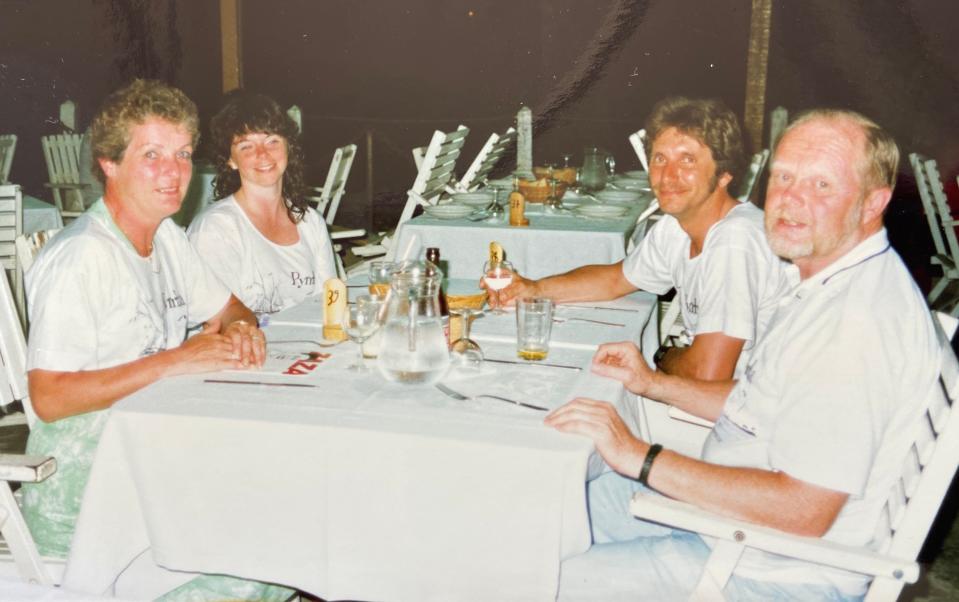
An unexpected call
By this point, Karen and Kearney Mason had been estranged for at least eight months. They were living apart and were planning to divorce. Karen was living near Glens Falls; Kearney still in Hadley.
Keith Gaulin had been in the picture for just a couple months when he called Kearney that Mother's Day night, late.
"I didn’t try to Bull-s--- him," Keith wrote in his statement. "I told him who I was.”
Kearney Mason remembers the call.
“He called up at 9 and asked me if I'd seen her, which I hadn't," Kearney said in a recent interview. "I told him it was Mother's Day, so she should have been at her mother's because they were really close. I told him, ‘If you don’t find her by 11 o’clock, call me.' So he did.”
In his statement, Keith said he told Kearney about Karen's middle-of-the-night trip to her father's place and that he was concerned. Kearney suggested Keith call Karen's mother; if he didn't hear back from her, Kearney told him to get back in touch.
Karen's mother hadn't seen her daughter; she urged Keith to call the authorities. Around 11 p.m., that's what Keith said he did, phoning the State Police barracks in nearby Hadley. He called again a few minutes later when he found the VIN to Karen's new car.
At 11:30 p.m. he called back Kearney, who agreed to go check the home in Hope. Kearney said he put his dog, Pepper, into his Subaru and headed over to William Rew's house. What he saw first was the brand-new car.
"When I drove in — of course, this is what the police say, 'How come you didn't see her laying on the porch?' I was concentrating on the road. So I saw the new Oldsmobile, which only had about 140 miles on it."
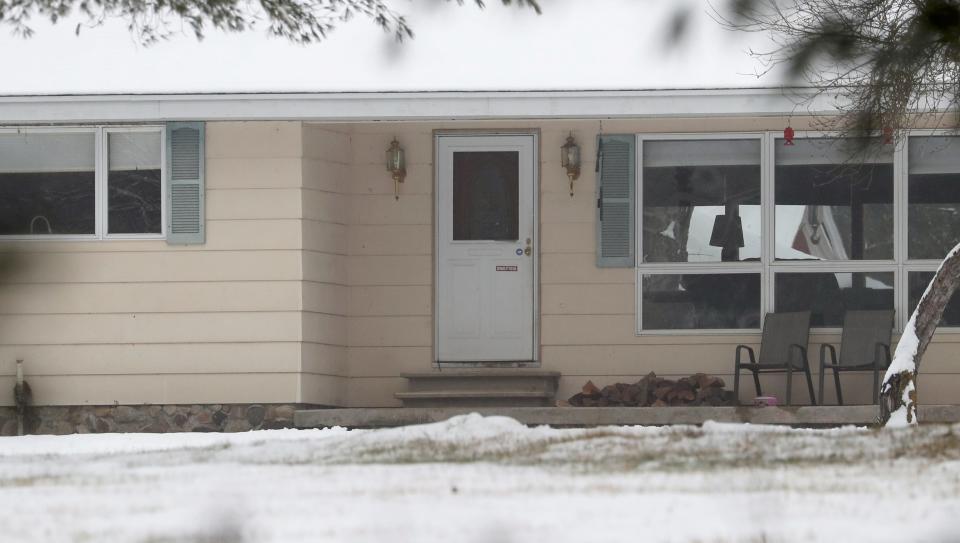
That's when Kearney Mason turned his gaze toward the front of the house, and saw Karen.
Seeing the blood on her arms, he said he thought at first that she had been shot. He said he saw no signs of life.
"This is Sunday, and she went missing Saturday, so I didn't think so," he said.
In the age before cellphones, he drove down to Grand Union to call the police, who met him at the supermarket payphone and followed him to the scene.
By Keith's telling, Kearney called the police and then called him to tell him what he had found. Keith's response was succinct.
"Are you s----ing me?" he asked.
Terrible news
Pam Driscoll was in bed, pregnant, when that phone call — the one nobody ever wants to receive — came in.
Karen was Lucky Rew's only child, but Pam was the closest she had to a second. When it came time to tell Pam that her lifelong best friend had died at such a young age, under such gruesome circumstances, Lucky couldn't do it.
It set off a brutal game of Telephone.
Lucky called Pam's mother and broke the news. Pam's mother, knowing her daughter would be devastated, couldn't do it, either.
"I was still in bed and the phone rang," Pam Driscoll said. "And the phone was on my side of the bed. I answered; it was my mother. And she asked to speak to my husband."
It was Pam's husband, Joe, who ultimately told her what had happened.
"My mother said that Mrs. Rew had called her because she couldn't call me," Pam said. "My mother said she couldn't tell me, either. So my husband told me."
Remembering that moment, 33 years removed, Pam began to choke back tears.
"It was a total shock. I mean, I said to Joe — 'I just saw her? How could this happen?'"
Back at Karen's basement apartment, police were on the scene within hours of her body being discovered.
They combed the place, snapping photos along the way. Among them, police say there's a photo showing a bouquet of flowers, apparently sent by an old friend, Clyde Bell. Friends say Bell had been known to have a youthful crush on Karen. (Bell died suddenly in 2013.)
In more recent years, police have strapped Kearney Mason and Keith Gaulin to lie detector devices. They've asked Karen's friends for samples of her handwriting in old yearbooks, a possible effort to match them to the note Keith found.
They continue to turn investigative stones, hoping at last to uncover a break.
'The only unanswered question'
It wasn't long after Kearney Mason's discovery late that Mother's Day that State Police would zero in on what they believed to be the cause of the fire: two pieces of an "old fashioned kerosene lamp," as they would describe it in records.
One piece — a glass chimney — was found on the back ledge of the rear passenger compartment of Karen's 1988 Oldsmobile, next to her eyeglasses.
Subscribe
Support local journalism
The other piece — a glass globe used to hold the fuel — was underneath Karen's lifeless body at the front of the house, the police record excerpts show.
Within a few hours, State Police called Keith and Michael Dickinson and asked them to give sworn statements, where they recounted their steps and admitted to the hit-and-run scheme that saw Karen's Regal ditched in the woods.
The next day, authorities told The Post-Star, the Glens Falls newspaper, that the whole thing appeared to be a tragic accident. State Police Investigator John Sira said police had ruled out suicide and foul play, according to the newspaper.
"We still don't know what substance was in the lamp that caused it to explode," Sira said, according to The Post-Star's account. "That's the only unanswered question."
For police in 1988, there was just one unanswered question — but many more were left unasked.
Original conclusions
At the time, police believed they had answers, enough to rule the case accidental and close it in June 1988. They laid out their case in a police narrative, excerpts of which were contained in a separate fire report obtained by the USA TODAY Network New York:
Karen was going back and forth between her father's home and her Oldsmobile when she locked herself out of the house.
"We were all trying to figure out how the hell she got locked out of the home," Sira said in an interview last year. "So I finally found out after experimenting a little bit with the inside door and leaving it ajar and then quickly pulling the screen door, which was the storm door at this time, and it closed the inside door. And she hadn’t unlocked it, so she couldn’t get back in."
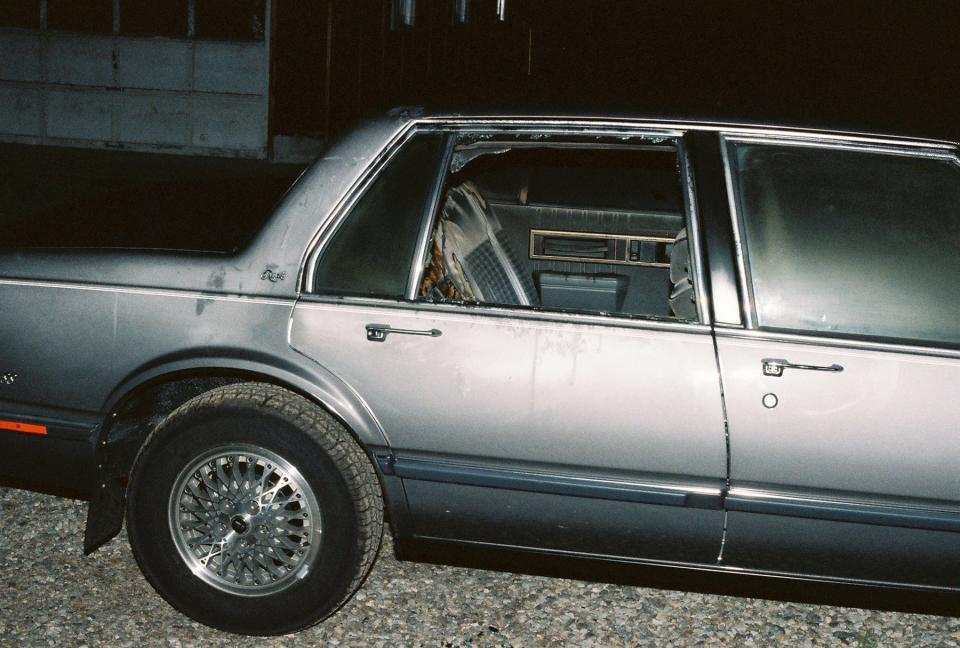
She went back to her car to look for her keys, police concluded.
Sitting in the back seat of her car, Karen took off her glasses and put them on the shelf behind her. At some point, she tilted the lamp toward her and spilled some fuel, filling the car with vapors.
She went to light the lamp, which caused a "flash ignition" — not an explosion, per se, but a flash of flames caused by the fuel vapor in the air.
The initial investigation was able to definitively determine some ghastly details.
Among them: Karen was inside the Oldsmobile as it burned.
There was singed hair and a handprint outside the shattered rear passenger window, leading investigators to conclude she had kicked the window out in an attempt to escape.
She got out of the vehicle, but collapsed as she made her way to the house.
'Running while burning'
A May 9, 1988, autopsy by Jack Davies, a since-deceased pathologist at the Albany Medical Center, found Karen didn't die directly from the fire, but rather a fracture that caused bleeding within her skull — a fracture she likely sustained as she fled to the house and hit her head on the front door.
Karen Mason's story
Explore the events of Karen's life and the investigation into her death in this timeline.
The cause of death was listed as "cerebral contusions" as a result of a "fractured skull," which itself was a result of "running while burning."
At the time, Davies ruled that Karen's death was rapid. Since then, investigators have questioned whether that was actually the case: Her oxygen level suggested she may have still been alive, albeit unconscious, for a few hours.
Davies found Karen's burns were consistent with someone injured in a "fire explosion of an inflammable liquid," one that likely exploded in front of the victim's face.
But what if that's not what happened? What if there was no explosion, no "flash ignition"? What if the conclusions reached so quickly in 1988 didn't hold up to scrutiny?
Kearney's questions, and answers
Kearney Mason said he spent the whole night answering questions from police after he found Karen dead. And he was questioned again when the case was reopened more than a decade ago.
He has read the news reports and heard officers talking about the case enough to have his own theory about what happened that night, one that mirrors the original conclusions.
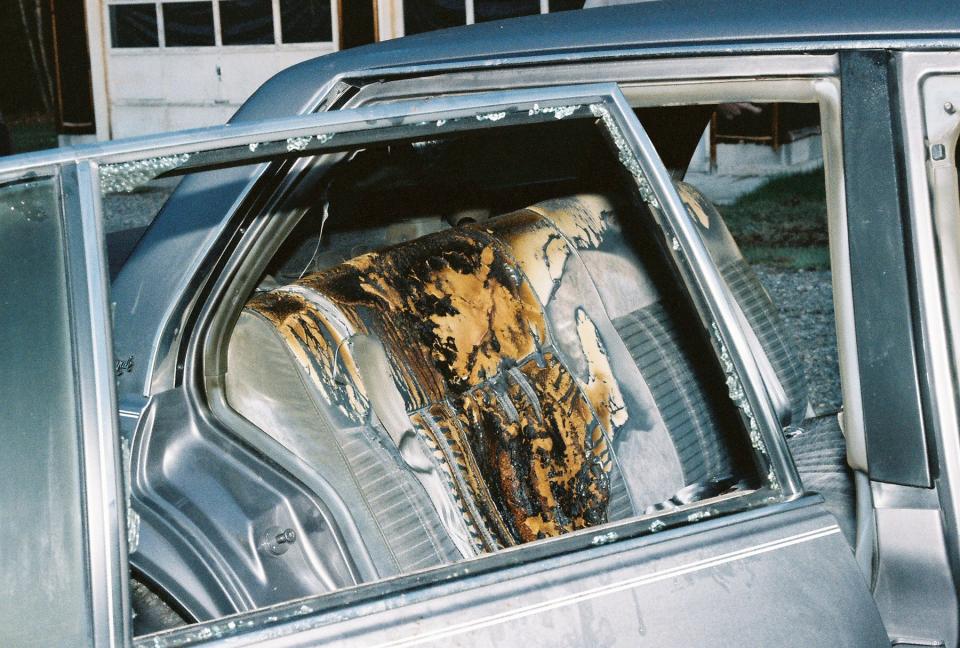
He has endured the questions, the looks and the rumors.
"Friends of mine, and so on, thought, oh well, I must have murdered her. And I couldn't figure out why," he said. "I had thought they were (friends), anyway.”
He was surprised when investigators reached out, saying the case was reopened.
“I was, but I got some answers that I hadn't gotten prior," he said.
Still, there are other questions.
"They found the keys on the table. That's what I was told. Were the car keys with her house keys? Otherwise, why didn't she just drive back here? I wasn't here, but she could have come back here to the house," he said. The night Karen went missing, Kearney said, he was on his boat, moored near the marina on the lake. But Karen could have gotten in.
There are other details that stay with him.
Karen's fingernails were broken, a police officer told him. They think she broke them rummaging through her purse for another set of keys.
He doesn't wonder about the hurricane lamp and why it was there.
Have a tip?
If you have insight or information about the Karen Mason case, call New York State Police Troop G in Latham at 518-783-3211 or email crimetip@troopers.ny.gov.
"The police always ask me, 'How come she took a lamp with her?' and I figured just for the ambiance, but then afterwards, after the last interview with the troopers, I happened to think (William Rew) may do just what I do here: turn the power off when I go to Florida. If so, the power wouldn't have been on. So she would have needed the light."
Like Kearney, Keith also continues to deny any involvement in Karen's death, just as he did when he was first interviewed by police in the hours after Karen's body was discovered in 1988. When police reopened the case and asked to re-interview him, he says he did so willingly and went as far as to submit to a lie detector test. "I don't have anything to be afraid of," he said.
"Being the last person to be with Karen when she was alive, I'm sure they were suspicious," Keith said of police. "But other than that, I think I have proven myself to be wholly honest and open with them and that they don't consider me a suspect or anything else."
A shut case opened
By June 1988, police had found enough answers to close the case, but that didn't mean there weren't still questions.
More than two decades later, the case still nagged at one of the troopers who originally worked the case, Lizzio said. That prompted State Police investigators in 2011 to take a new look at Karen's death.
They enlisted the help of the state Office of Fire Prevention and Control, asking arson investigators to look over the notes, the reports, the photos of the scene, and see if the conclusions held up.
To them, it didn't look like a flash ignition at all. It looked like someone — maybe Karen, maybe someone else — had set the fire that led to her death.
Deliberately.

Do you know something that might help solve the Karen Mason case?
Reach out to us here
New Light: Karen Mason's Story
NY State Editor Michael Kilian writes about the Karen Mason Project
Timeline: Karen's life and investigation into her death
This article originally appeared on New York State Team: Karen Mason's last days: What happened May 7-9, 1988

